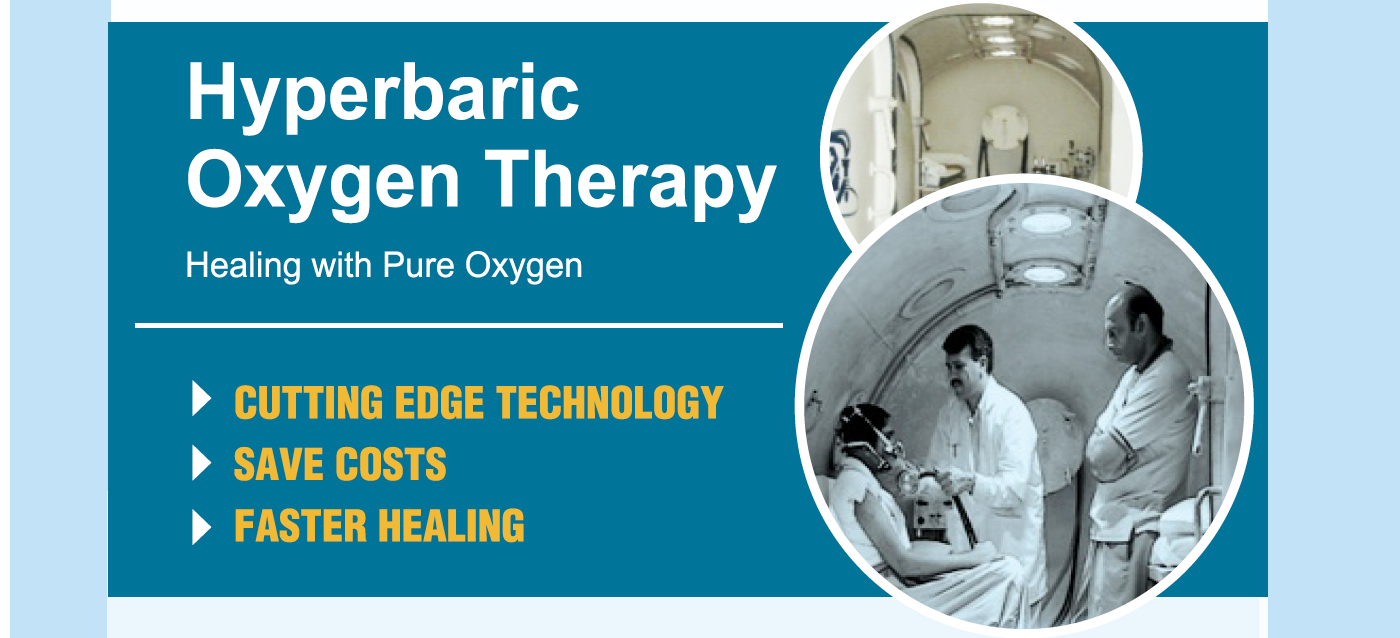Prof.(Dr.) Tarun Kumar Sahni**
A recent report on social media of Anil Kapoor and Samantha Ruth in a Hyperbaric chamber has gone viral attracting attention once again to this form of therapy. Few years ago Tiger Shroff was seen in a similar chamber during the shooting of Baaghi in Serbia . Like the centers where these famous actors went , many centers across the globe are offering “mild” hyperbaric oxygen therapy to the public with scientifically unsupported claims of its multitude of benefits.
“Mild” Hyperbaric claims to have the virtues of the “Real” hyperbaric oxygen but is far from the truth. The objective of this letter is not to debate the effect of Mild Hyperbaric Oxygen on the body but to highlight on the safety aspects of unregulated administration of Oxygen by centers and manufacturers driven purely for financial gains placing the public at risk.
Oxygen is a “drug” and Its administration is a “treatment” which must be given at a defined “dose” and “duration” for it to have a desired effect. The treatment must be prescribed and delivered by an expert in “hyperbaric medicine” and followed up to review the recovery
Mild hyperbaric chambers have been marketed as a way to improve energy, athletic performance, and healing and have predictably gained popularity in recent years. Despite the buzz generated around these chambers, concerns about their safety and effectiveness have been steadily growing.
Hyperbaric oxygen therapy involves breathing in more oxygen and being in a pressurized chamber. Both of these things can have good and bad effects on a person. The combination of these effects can help treat people, but it can also be risky. There is no clear level of oxygen or pressure that is completely safe. People could be harmed by too much oxygen or pressure changes in the chamber. There is also a risk of fire if there is too much oxygen.
Regardless of the construction materials, pressure used, or oxygen concentration in the breathing gas, administering it in a pressurized chamber is a medical procedure that carries inherent risks for complications, side effects, and safety concerns for both patients and staff.
In a policy statement, the American Medical Association has called out the use of mild hyperbaric chambers as a public health and safety concern. They state that these devices have not been adequately studied and may pose risks to patients due to the lack of regulation in the industry, leading to rampant commercialization. The lack of regulation, in particular, is concerning as usage is not always guided by medical opinion.
The European Committee of Hyperbaric Medicine has also highlighted potential risks in a position statement, pointing out that there is no medical evidence to support the use of these chambers for conditions other than those approved by regulatory authorities.
Patients who use these devices may be at risk of injury or harm, and they may not receive the therapeutic benefits that they are seeking. It is important for patients to be cautious and only use these devices under the guidance of a trained medical professional. Companies that make exaggerated claims about the benefits of the therapy should also be approached with caution.
Regulation of the mild hyperbaric chamber industry is necessary to minimize the risks associated with the use of these devices. This may include requirements for training and certification for operators of the devices, as well as safety features such as oxygen sensors and emergency shutoffs. Patients should be aware that there is no evidence to support the use of these chambers for conditions other than those approved by regulatory authorities.
Efforts are on the way for the development of clear safety and efficacy standards will help to minimize the risks associated with the use of these devices. The priority must be to ensure that these devices are thoroughly tested and regulated before they are used on the public to prioritize patient safety.
** The author is a considered the “pioneer” of Hyperbaric Medicine in India and a global name in the field, having started the first private hyperbaric center in Apollo Hospital Delhi in 2000. Thousands of patients have benefited and continue benefiting from this treatment.
He is the Head of Department of Hyperbaric Medicine at Apollo Hospital Delhi , President of the Hyperbaric Society of India , Vice President of the APUHMS (Asia Pacific Undersea and Hyperbaric Medicine Association) and Past President of the AHDMA( Asian Hyperbaric and Diving Medicine Association)


